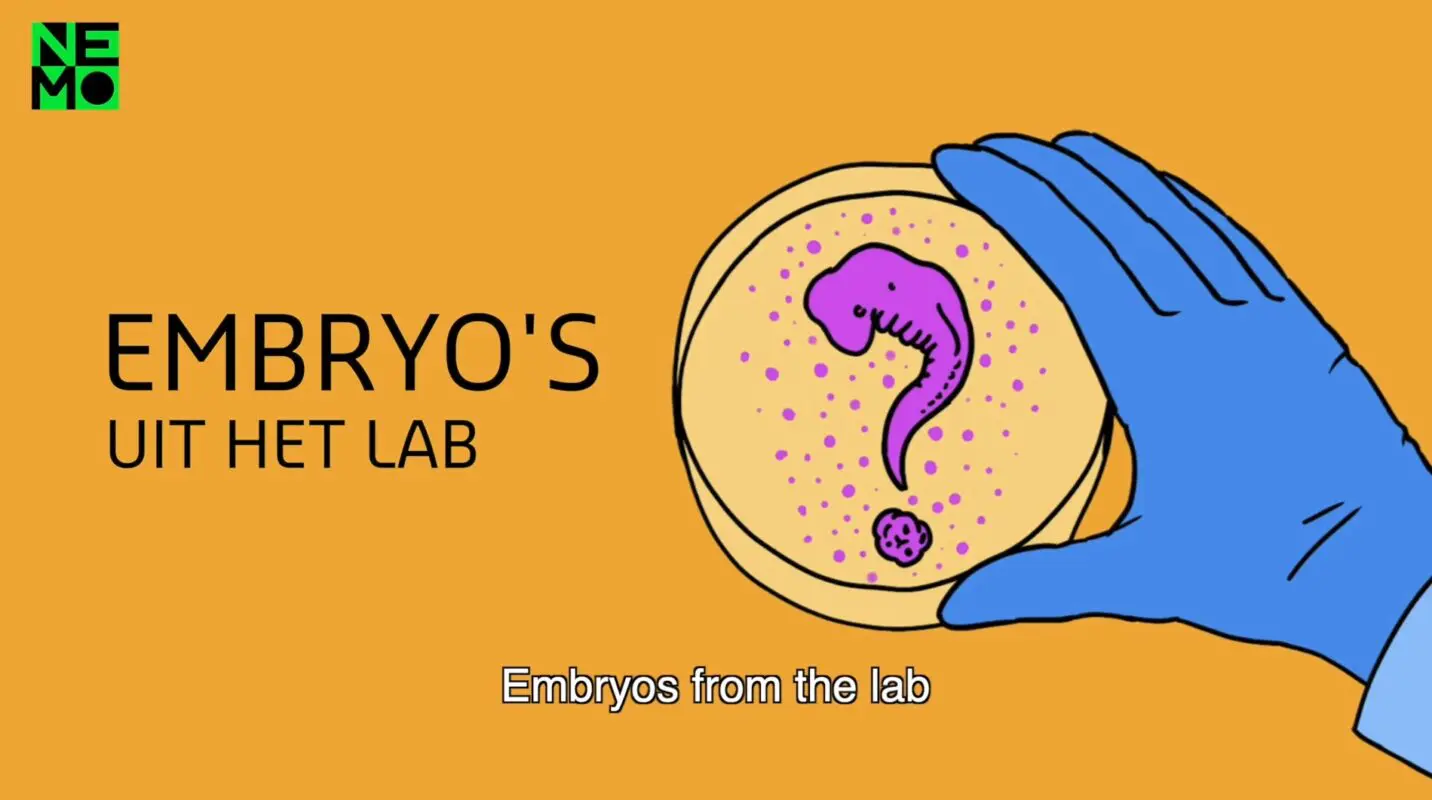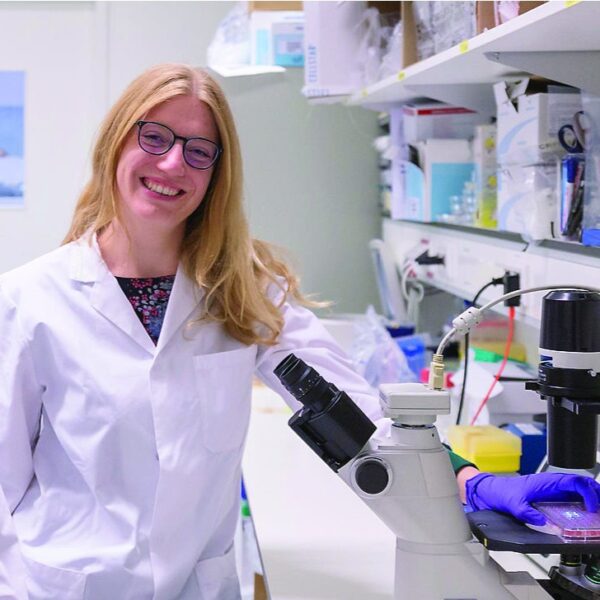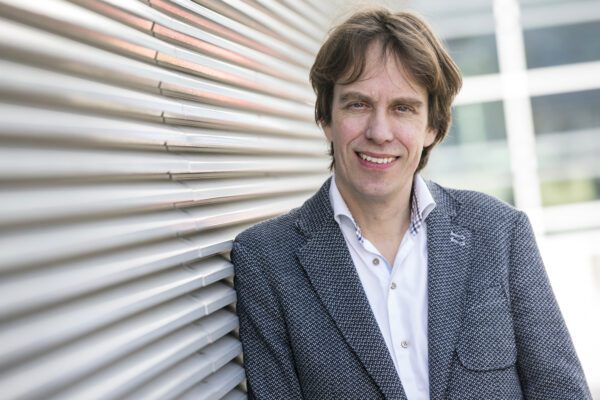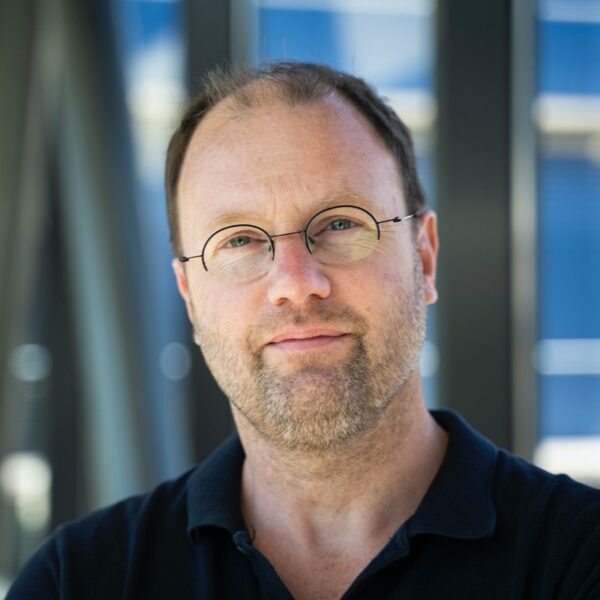Linked to this, the project aims to reflect on the moral status of SCBEMs. In essence, it seeks to understand how these models should be treated.
(2) An ethical framework that addresses questions related to responsible research with SCBEMs. For instance, what limits and conditions should govern this research?
Moreover, GREAT has started a campaign for societal outreach in order to ensure that both the scientific results and ethical considerations reach and are discussed with a broad audience. For this purpose, NEMO Kennislink has launched the theme page ‘Embryo’s uit het lab’ (Embryo’s from the lab). On this page, NEMO publishes articles that are meant to inform and entice the general public regarding embryo model research.
With these articles, an environment is created that highlights questions that society might have regarding embryo-like structures, for instance: What kind of entities are these, how should we look at this? What can and should we do with these ‘embryo-like’ models? Besides these informative articles NEMO also facilitates dialogues to openly discuss the perspectives of various groups (including the general public, elderly people, students, and patients) towards gastruloids.













